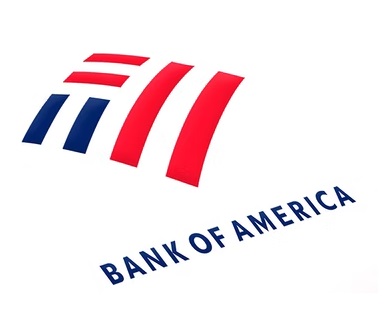Bank of America strategists said in a recent analysis that investors are flooding out of stocks as the likelihood of a recession increases amid an environment full of risks.
The nation’s stock market saw $10.9 billion in outflows in the week ending September 7th, according to EPFR Global data, making it the biggest outflow in 11 weeks. Technology stocks led the retreat, with $1.8 billion in withdrawals. In addition there were $14.5 billion of outflows from global equity funds, while government and Treasury bonds saw $6.1 billion in inflows.
The team of analysts, led by Michael Hartnett, pointed to rising interest rates, inflation, and the war in Ukraine as among the factors driving investors out of equities. They noted that the fear produced by those factors is fueling volatility, as well as credit events, like the rate investors pay to hedge their positions in two-year German paper rising to the highest going back to June of 2008.
On top of this, Federal Reserve officials continue to make hawkish statements, continuing to fuel fears that tightening monetary policy will drive the economy into a recession as they seek to tackle inflationary pressures.
The banks’ strategists note that while equities are doing well compared to bonds, there have not been any monthly flows into equities in the past half-year. They wrote, “Bonds hate inflation, equities hate recession” and the risk sentiment is “appalling.”
Deutsche Bank AG strategists have predicted that US equities could decline another 25% if the economy falls into a recession, and they see risks to any future sustained rally rising, as time goes on.
At the same time, Morgan Stanley’s Michael J. Wilson — among Wall Street’s biggest bears — has become even more pessimistic about the potential for US earnings as he surveys the likely slowdown in economic growth.
The bank’s strategists said any economic support from Europe only “delays recession, boosts stocks,” and degrades the outlook for inflation, debt and yields.
At the same time, the team noted that markets indicate likely peak cyclical yields occurring in the next three to six months. Meanwhile, the bank’s custom bull and bear indicator hit zero, indicating a “maximum bearish” indication, however that is often seen as a contrarian buy signal.
Europe meanwhile saw its 30th straight week of outflows.

